The local bus dropped us at Yunomine Onsen Village in the late afternoon at the only bus stop in the village. Tired from a whole day of hiking in the rain, all I wanted was to check in so I could drop the twenty kg backpack that I had been carrying the whole day and have something to eat.
Traditional Ryokan Adumaya
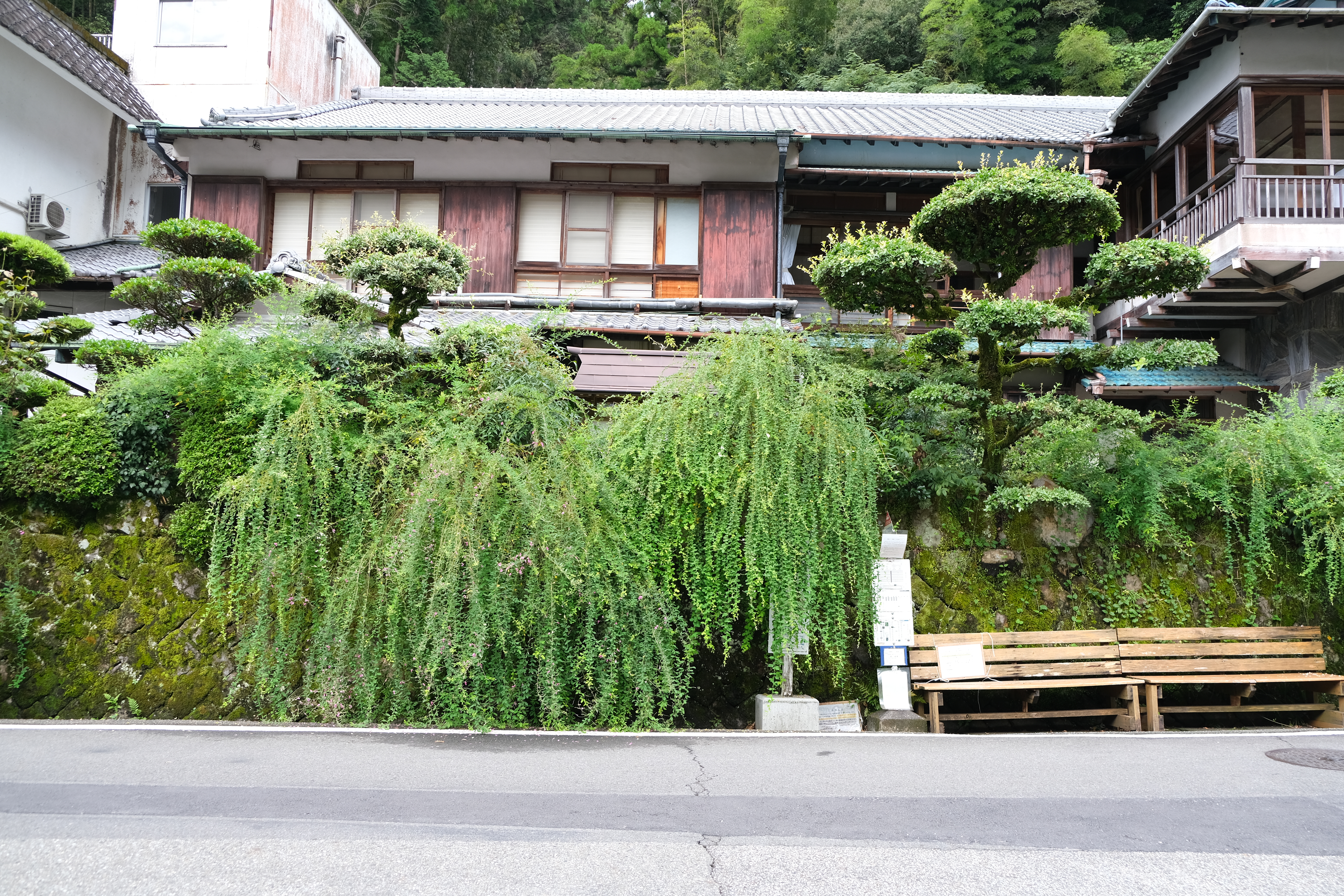
Luckily, I didn’t have to wait any longer. The GPS told me Ryokan Adumaya, our accommodation for the night, was just right in front of us. After cross-checking the building with the picture provided in our Kumano Kodo itinerary print-out, we walked to it. Inside, we were greeted as if we were the long-lost cousins (-ie Japanese hospitality at its’ best).
After replacing our muddy hiking shoes with the Japanese Geta and having our passports photocopied, we were taken to our room. On the way up, we saw the same group of hikers whom we kept bumping into throughout our pilgrimage. We said a quick Hi to Jane and Su, whom we met earlier this morning in Chikatsuyu.
Roomy Tatami
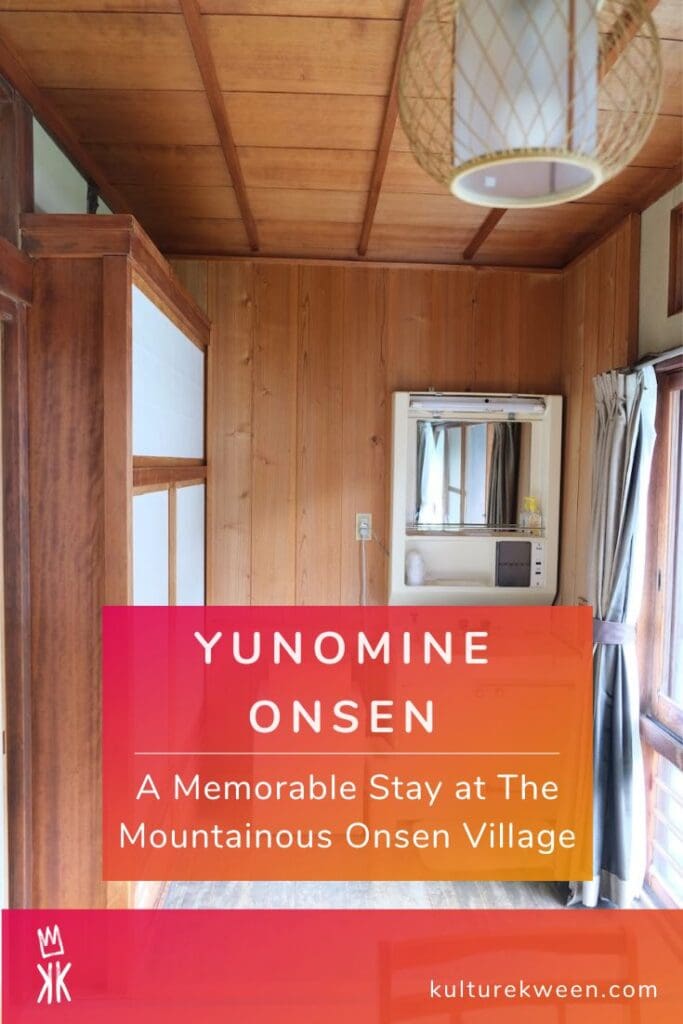
Our Japanese-style room was located on the second floor, near the stairs. Inside, there were four main areas: the fully tatami-ed sleeping and dining area, a balcony with a sink and a small toilet, with no shower, near the entrance.
It was the most traditional and enormous ryokan room I have ever stayed in, and I loved it! The balcony overlooked the only bus stop/main road of the village. The foggy mountain view was beautiful, but it had to wait because we were starving.
We asked our ryokan manager where we could have lunch, and she suggested checking out the place “near the shrine” before reminding us to hurry because it would be closed soon.
Summer Meals at Yumune Chaya
It took us some time walking around Yunomine Onsen Village before figuring out the place was on the other side of the river, past the shrine and Tsuboyu Onsen.

Yumune Chaya (thanks Google Translator!) is a hole-in-a-wall kind of establishment. It was empty when we went in, and we waited for some time before figuring out we had to ring the bell to notify the owner, who must be sitting at the back of the restaurant, that we were there.
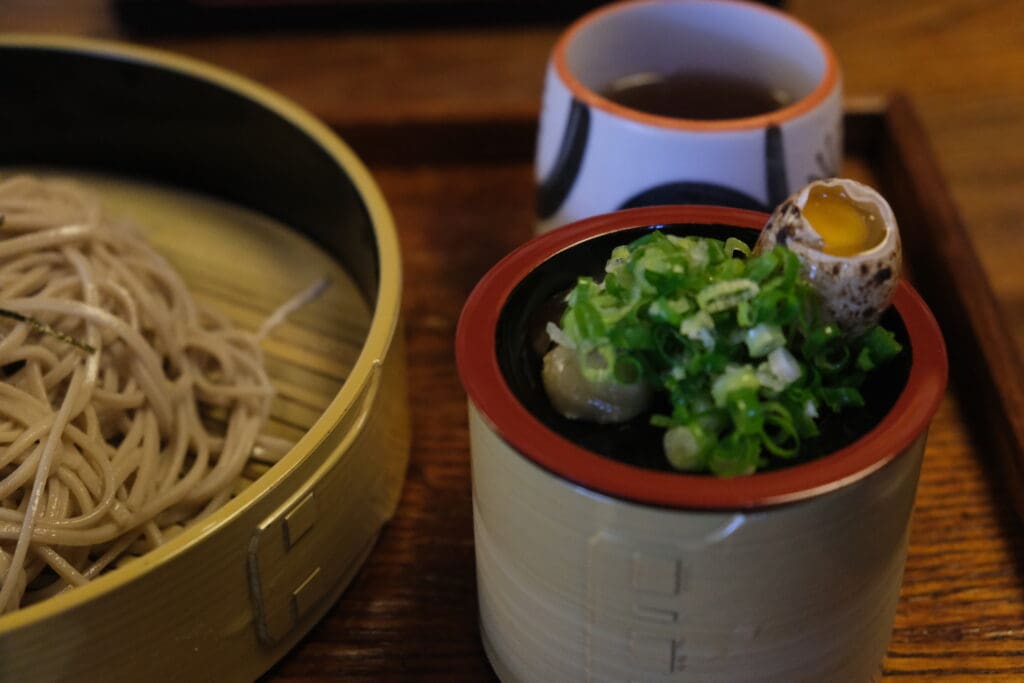
Soon after, a bald man came out with an English menu. I opted for a comfort food, Zaru Soba (600¥), with a side of quail egg. Meanwhile, Fafa got Ume Kombu Udon (750¥). We also got the Yunomine Onsen Village summer speciality drink: non-alcoholic Umeshu juice.
Once our tummies were full, we were ready to go back to the ryokan and rest as the initial plan. But then I saw eggs sold there, and I wanted them to make my own Onsen eggs. Once we had ours, we rested briefly before making our way to the Tsuboyu Onsen, the only UNESCO World Heritage hot spring in the world.
Kaiseki featuring Yunomine Onsen Village Specialities
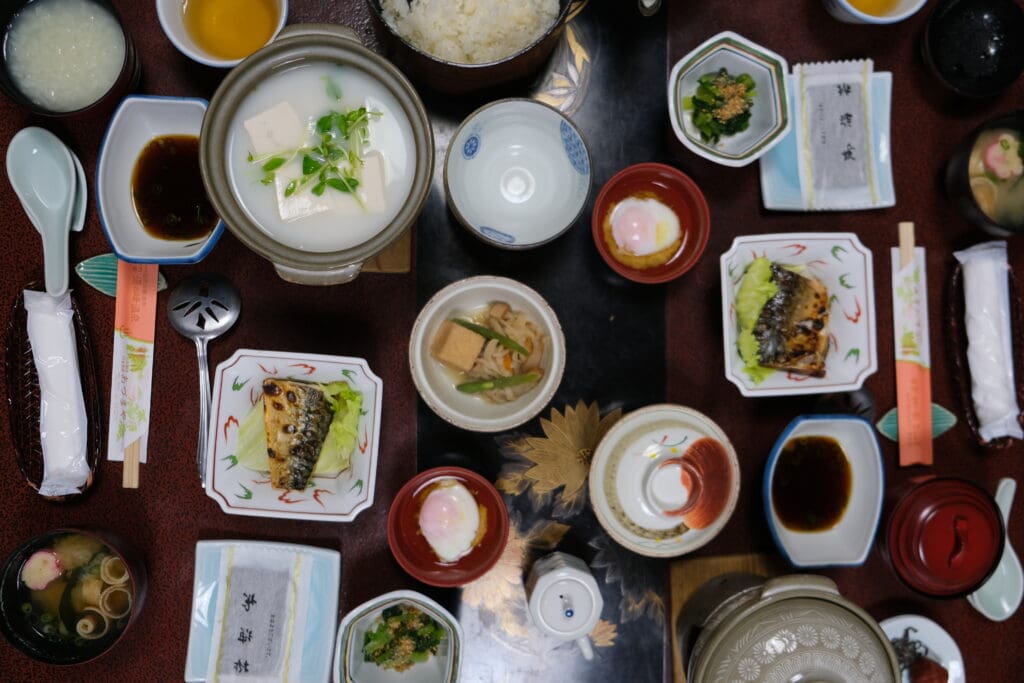
It was close to 7 p.m. when we returned to our room in the ryokan. Half an hour later, dinner was served, right on the dot on the dinner time we pre-booked when we checked in.
Kaiseki, the multi-course Japanese cuisine dining – based on season and region’s specialities, served in the ryokan’s room, is one of the many traditions in the Japanese culture I truly love.
The lady who brought multiple trays and placed them on the dining table while we sat on zaisu, a Japanese floor seat, which usually comes with back support.
The Kaiseki cuisine was served in batches, though I have been served all together in one go.
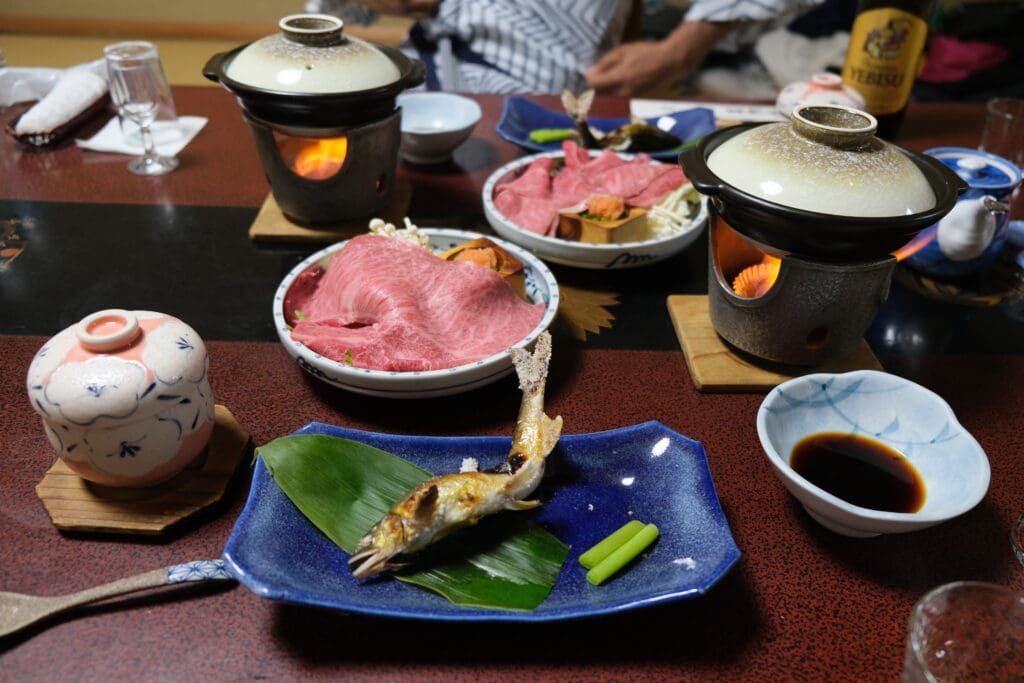
For aperitif, we had plum wine. The appetizer was a Yuminone Onsen Village delicacy: mushroom and tofu with walnuts. The Otsukuri (raw dish) was tuna, white fish and scallops. Next was catfish with winter melon. The Oshinogi (in-between dish) was rice with grilled ell. It’s followed by vinegared dishes: sashimi konjac, mustard miso and sea urchin and grilled dishes: Ayu fish (our fave!!!) and lotus bud. Then we moved to the thick pumpkin soup. Finally, the main, Mikunano Beef Shabu Shabu with a side of onsen rice, pickles and clam miso soup. Compared to the rest, the dessert was pretty light: melon and mandarin.
After we finished, the server came back to collect the food tray. She also cleaned and moved the table before preparing the futon where we would be sleeping at night.
If it sounded like a first-class treatment, yes, you’re right; it was.
Outdoor, Wooden and Private Onsens
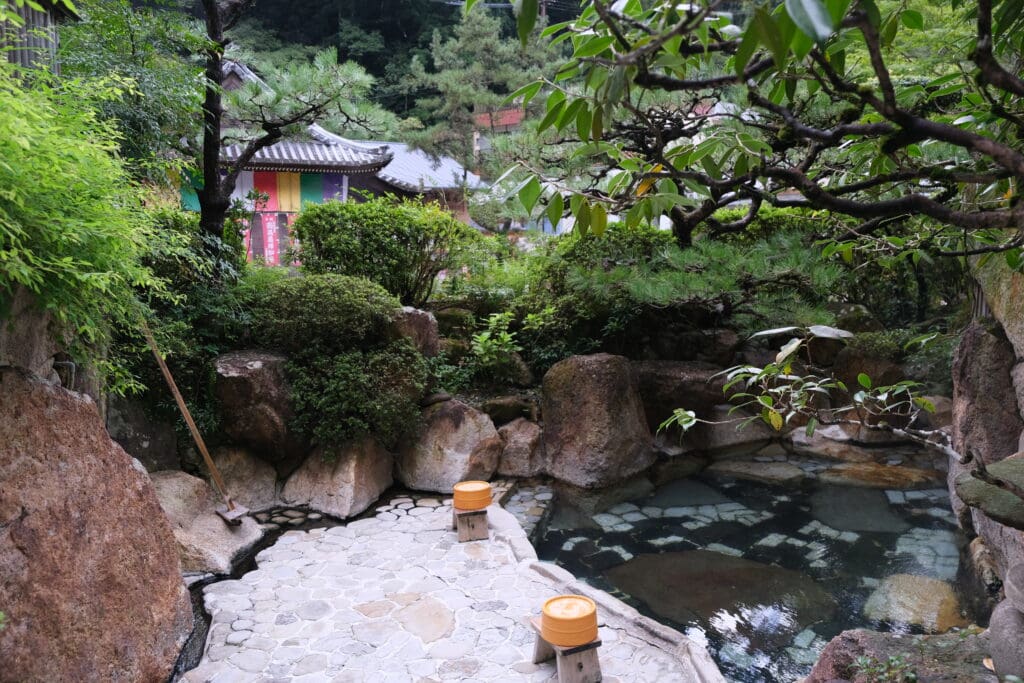
Super full, semi-drunk and completely relaxed, all I wanted was to rest, but one doesn’t go to a place called Yunomine Onsen Village and stay in a ryokan with an in-house onsen without checking it out. So, I willed myself to do just that.
And as usual, I was glad I did it.
Ryokan Adumaya has five different onsens: two indoors, two outdoors and a private onsen.
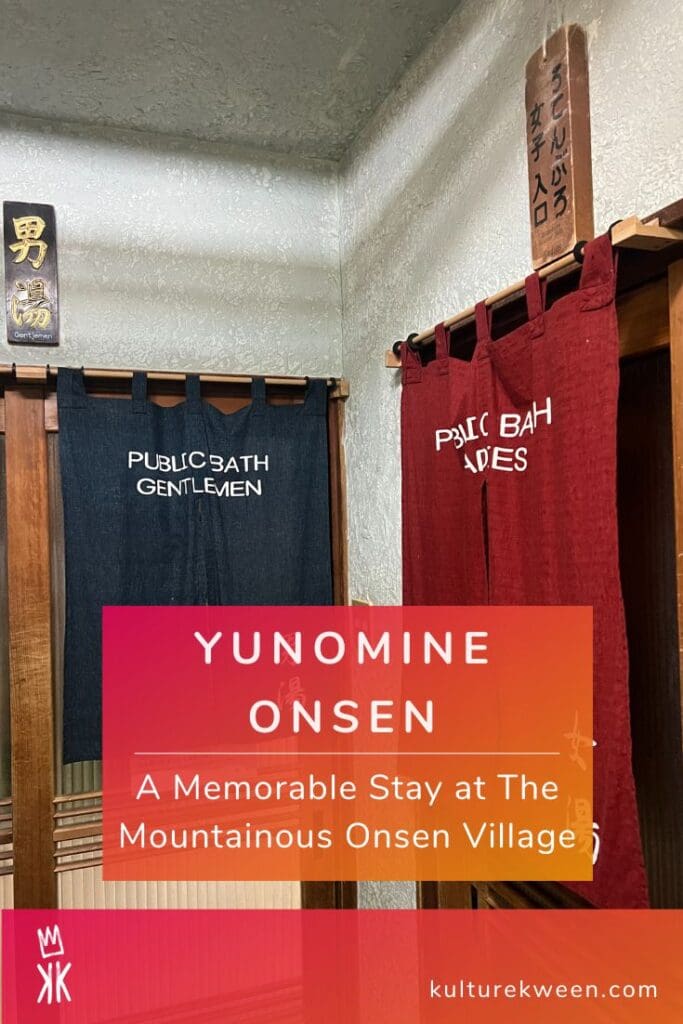
At any time, two of the public onsen are assigned to female bathers and the other two to male bathers. These assignments are switched at midnight every day. So essentially, anyone who stays for one night can experience all four onsens if they want to.
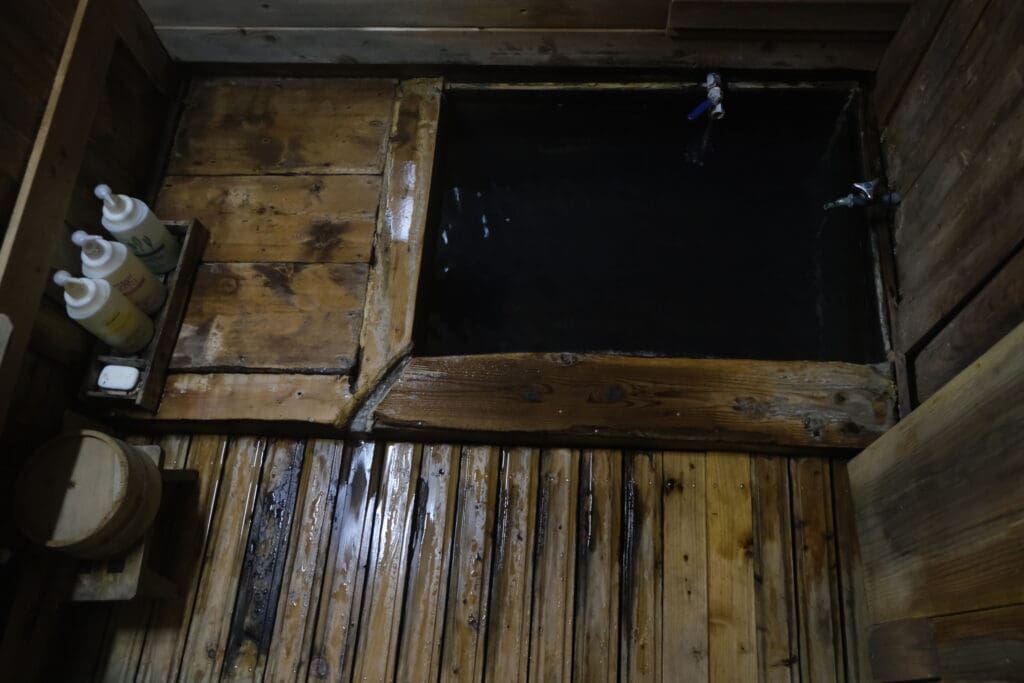
Meanwhile, the private onsen was located separately, in a tiny room, with a sign on the door to show if it was occupied. Inside, there was a small deep tub, a skin and a wash area.
By “dragging” myself to check it out on the same night, it means I got to see all of them, too.
But more than checking out all the onsens, it was my first time bathing in a traditional wooden onsen (I skipped on using the private onsen as Fafa didn’t join me). All the onsens I had been to before were either stoned-based or man-made ones, so getting inside the box wooden onsen and getting used to the sliminess of the forever shimmer wood was an experience.
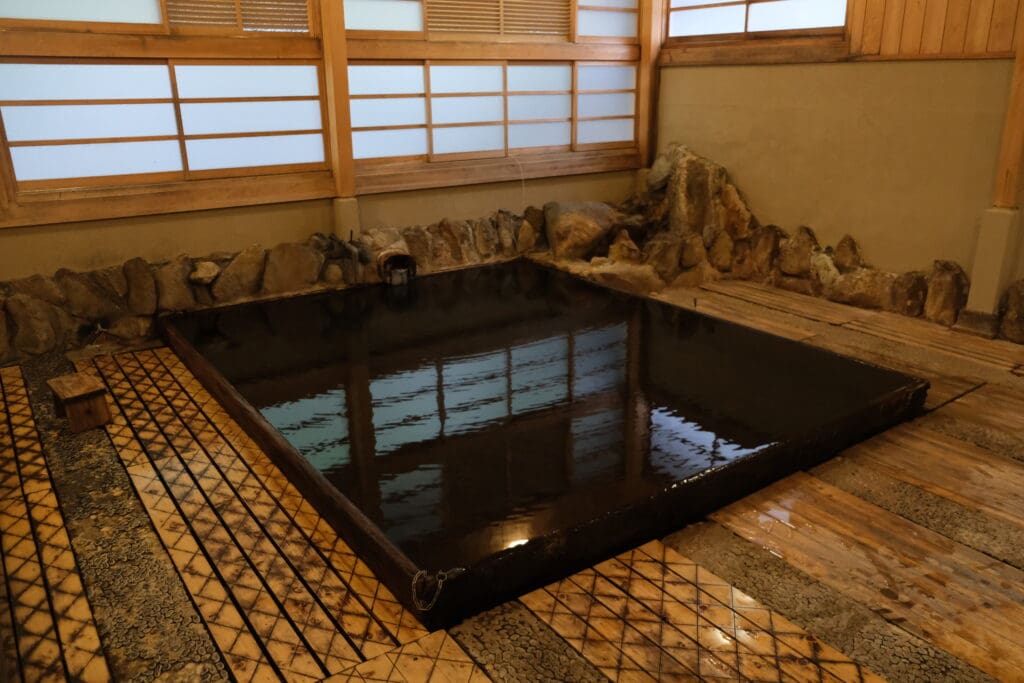
After a while, I checked out the outdoor onsen with the village as a backdrop. Since there was none, I sneaked in with my phone and took some pictures for memory (and, if I am being honest, for the blog).
That night, I had one of the best sleeps of my life.
I went to the onsen again in the morning. It was a bit hard to relax while soaking naked in an open-air area during day time when I could hear people around so closely. Also, I didn’t want to stay too long, knowing I had Kaiseki breakfast waiting for me in the room.
Elaborate Kaiseki Brekkie
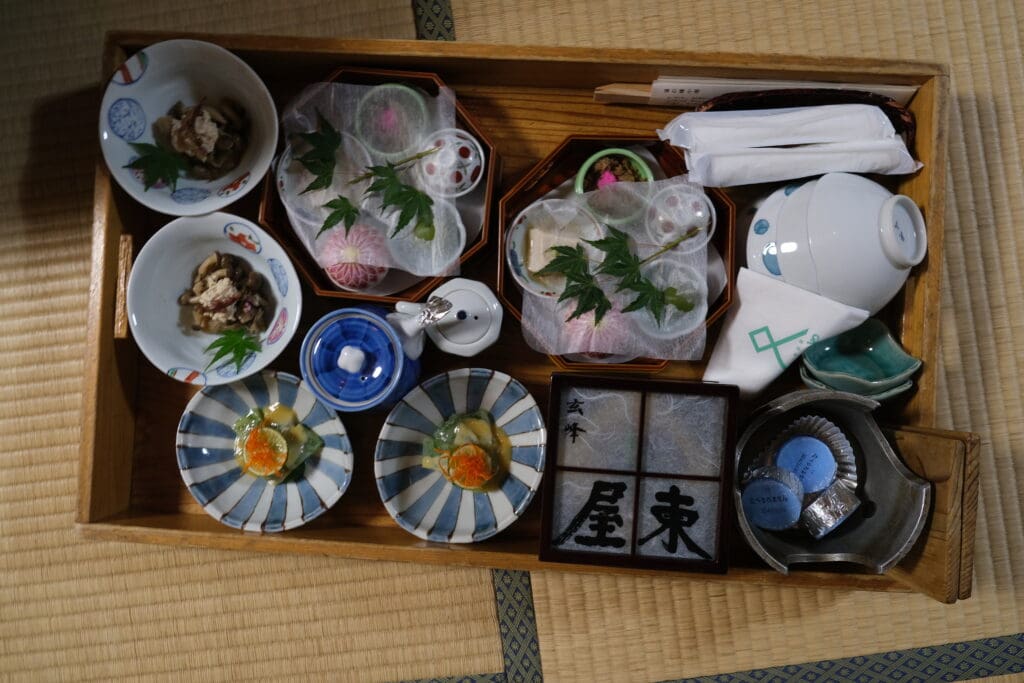
The Kaiseki-style breakfast was just being served when I got in the room. As breakfast was, I assumed it would be a lighter meal than dinner. I was oh so wrong. The breakfast was as elaborate as the dinner, but knowing we had another full day of pilgrimage ahead of us, we didn’t complain. Not one bit.

After breakfast, we changed, packed, replaced the ryokan’s Geta for our muddy shoes and left the lovely Ryokan Adumaya.
Toko-ji Temple
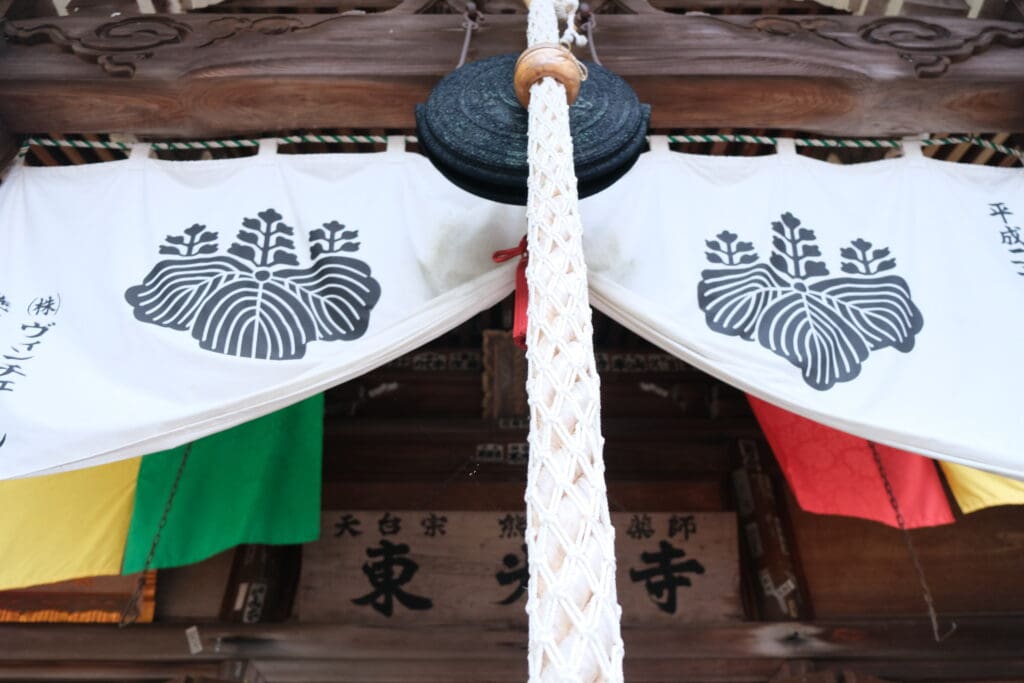
My last stop at Yunomine Onsen Village was Toko-ji Temple, located right beside the public bathhouse. Dedicated to Medicine Buddha, Yakushi Nyorai, the temple is one of the sacred points to pay respect to along the Kumano Kodo Pilgrimage.
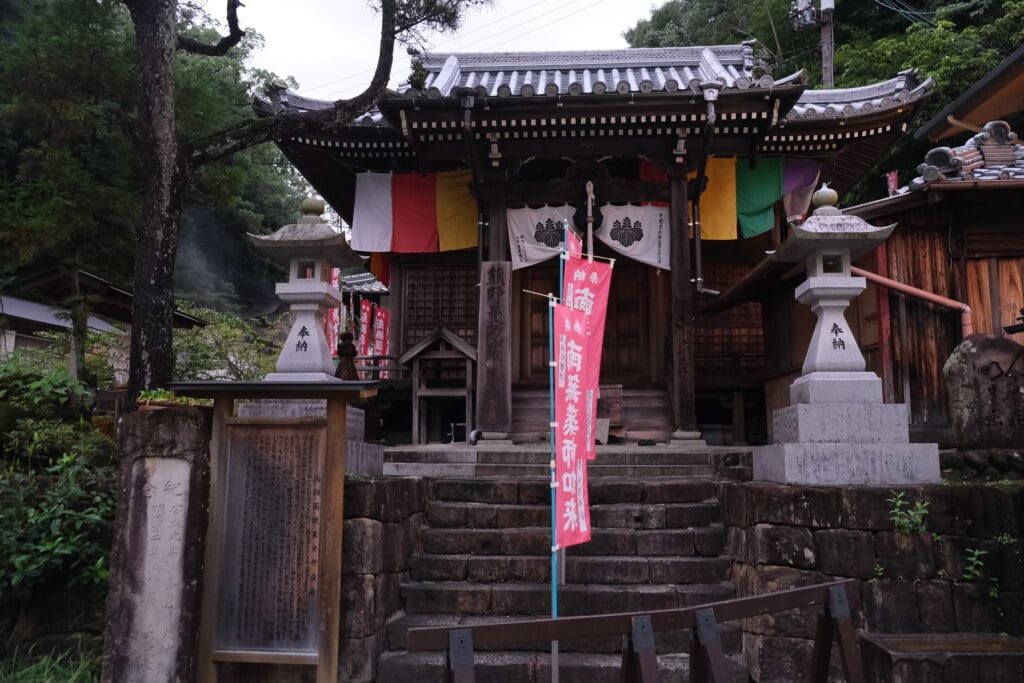
According to the notice board, people from Japan come to pray in this small temple for a cure for headaches. That morning, I conveyed my gratitude for having the chance to do this trip on my birthday and with Fafa. I also got a Goshuin, the temple stamp, from the temple master, who looked suspiciously like the owner of Yumune Chaya, where we went for lunch the day before.
Goodbye Yunomine Onsen!

As we stood at the bus stop, waiting for Bus 53, I waved Yunomine Onsen Village goodbye.
Even though we were only halfway through our Kumano Kodo Pilgrimage, with new adventures awaiting, it was a little hard for me to leave Yunomine Onsen village. The small village, the sceneries, the people – the whole vibe just clicked with me. I’d very much come back here again one day.
Follow me on Instagram @KultureKween for more recent updates.
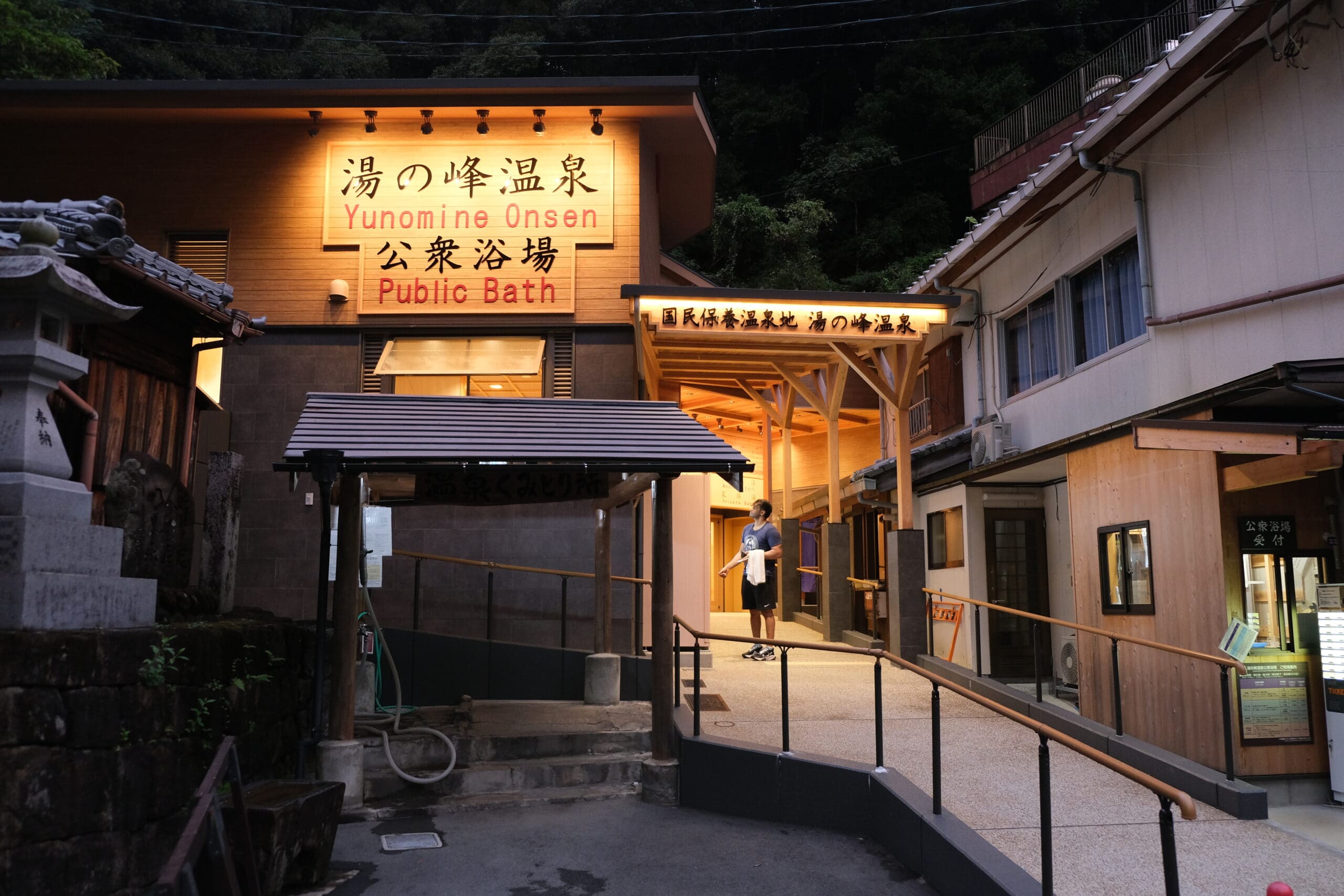
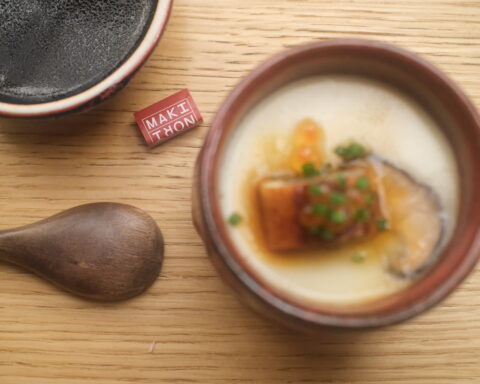
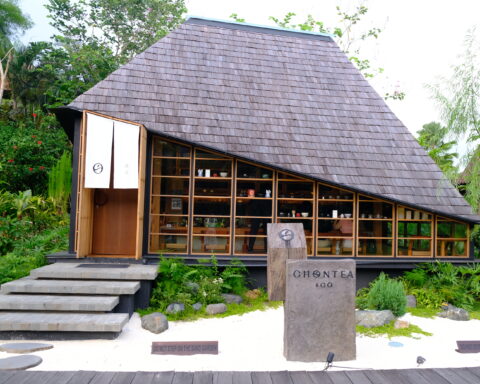
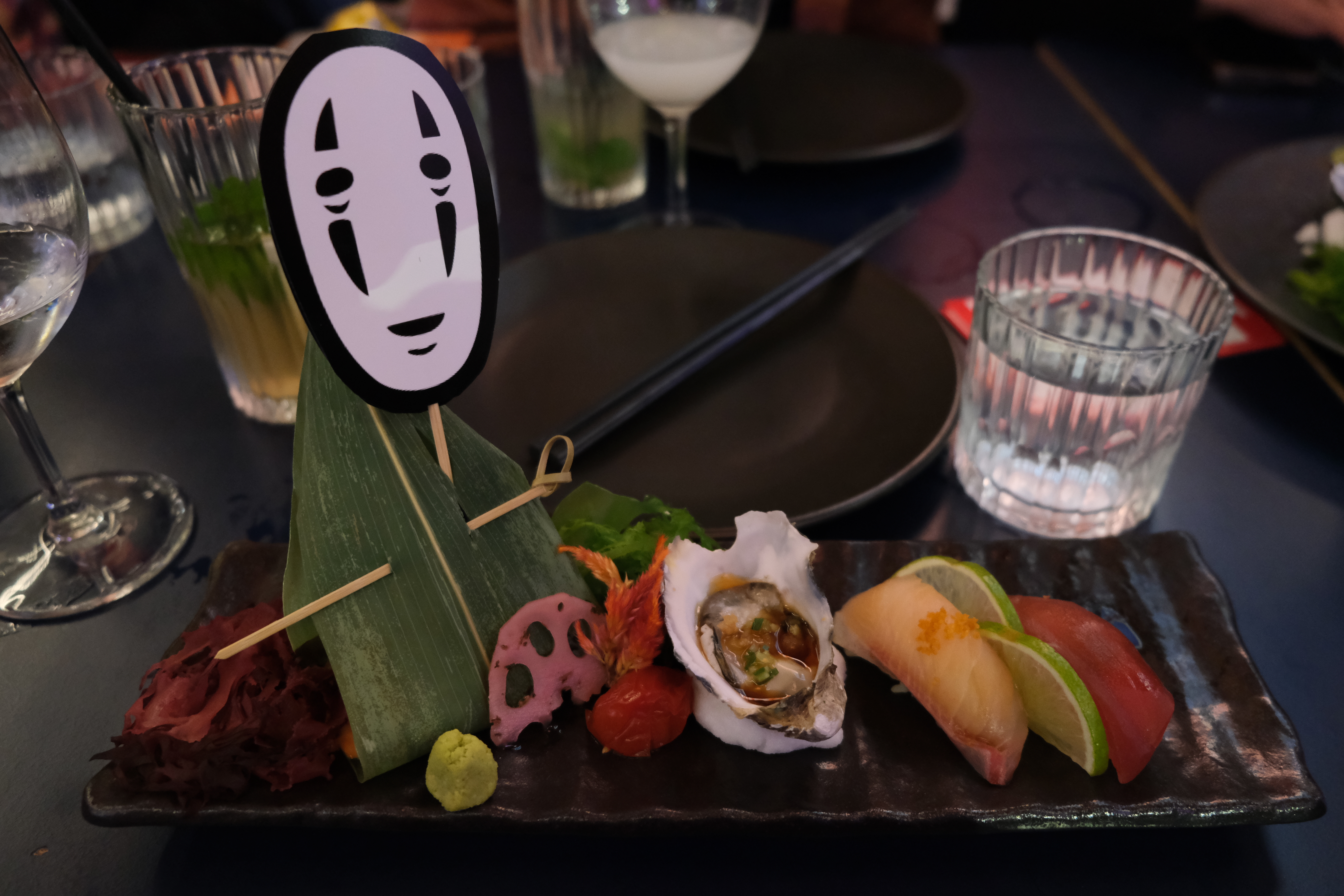
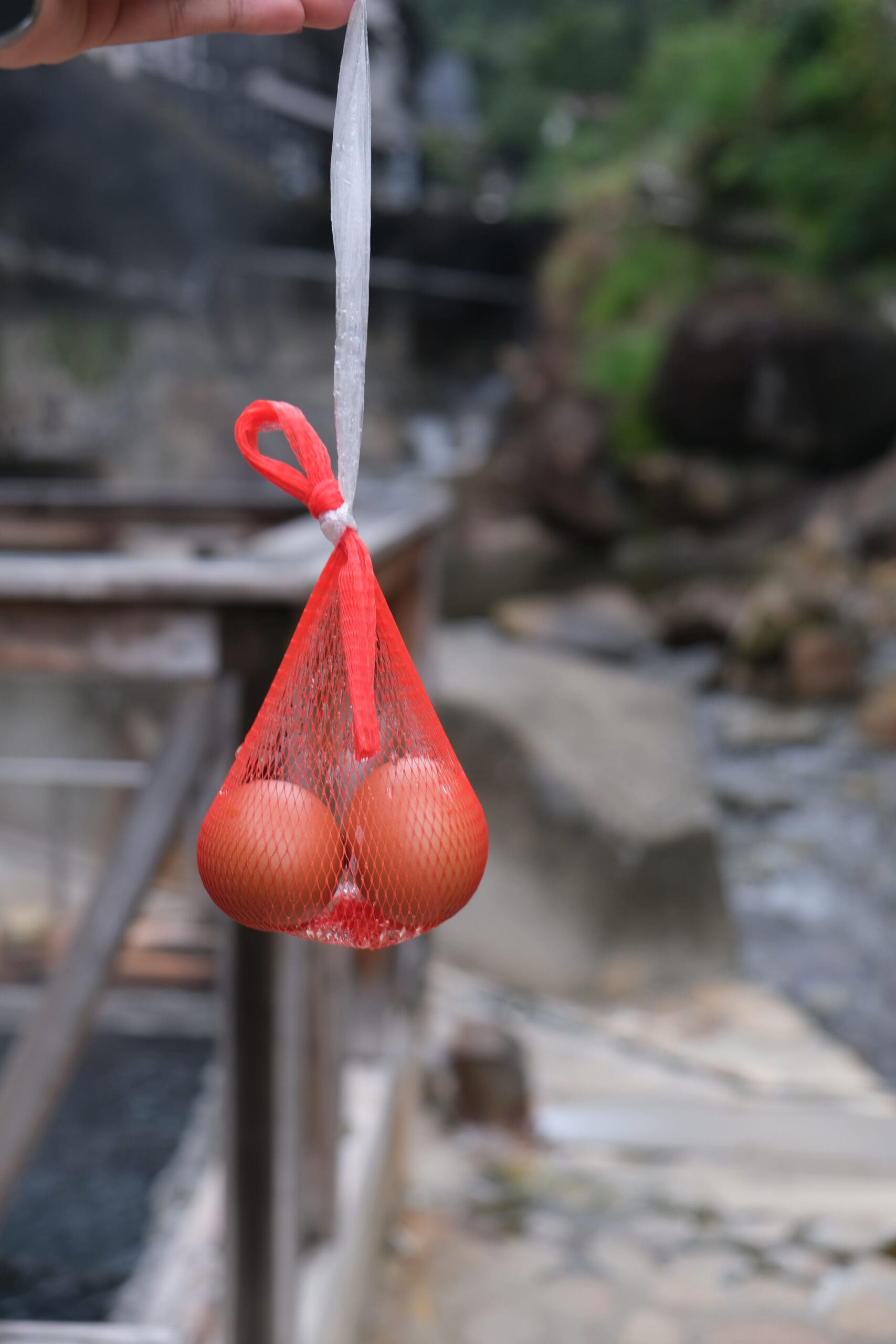
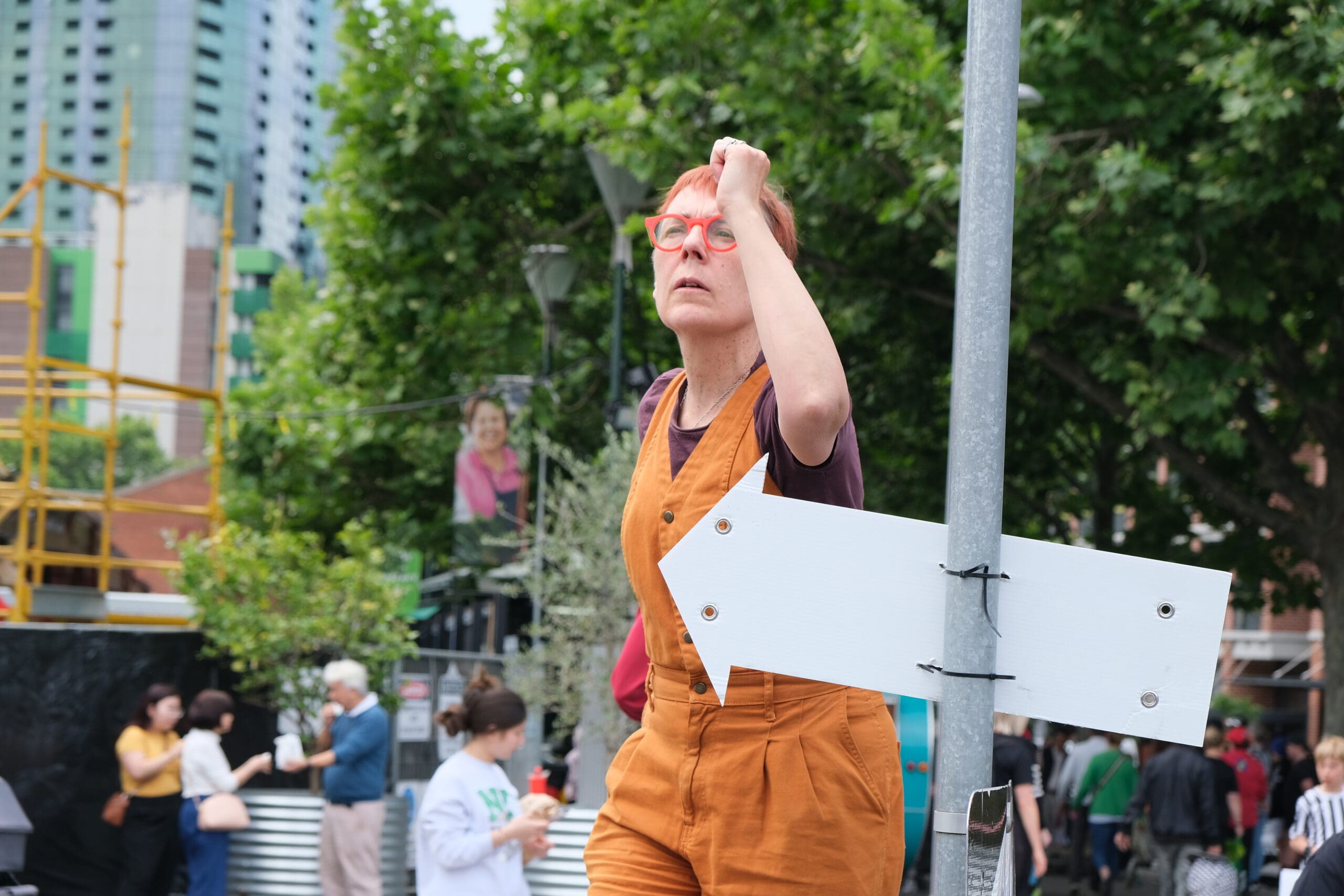
[…] Next stop: Yunomine Onsen Village. […]
[…] morning bus picked us up from Yunomine Onsen at 8:40 AM and took us along a winding road to our destination, the Kumano […]
[…] an early breakfast at Yunomine Onsen, we took the bus to Michi-no-Eki Kumano-gawa, took the boat across the Kumano-gawa (river), paid […]
[…] While waiting, I struck up a conversation with a tourist named Jane. She’d just been dropped off at the same spot and was part of a hiking group led by a German lady who had settled down in Japan. Jane, being smart, gave up halfway, got a taxi, and ended up here, waiting for her hiking mates. I instantly liked Jane, thinking I would’ve done the same hours earlier if I knew it was an option. Soon after, the guest house manager picked us up, and we said our goodbyes after Jane ensured us she’d get picked up soon, too (btw, it turned out to be a temporary goodbye as we met Jane-the-tourist in Chikatsuyu and again in Yunomine Onsen Village). […]
[…] “I am making Onsen Tamago; I will see you back in the ryokan,” told Fafa before going down the stairs, leaving him at the bus stop beside the bridge leading to the river in the middle of Yunomine Onsen Village. […]
Great post p, oh and the pictures ❤️, takes me back. You really do want to live ion Yunomine don’t you ?